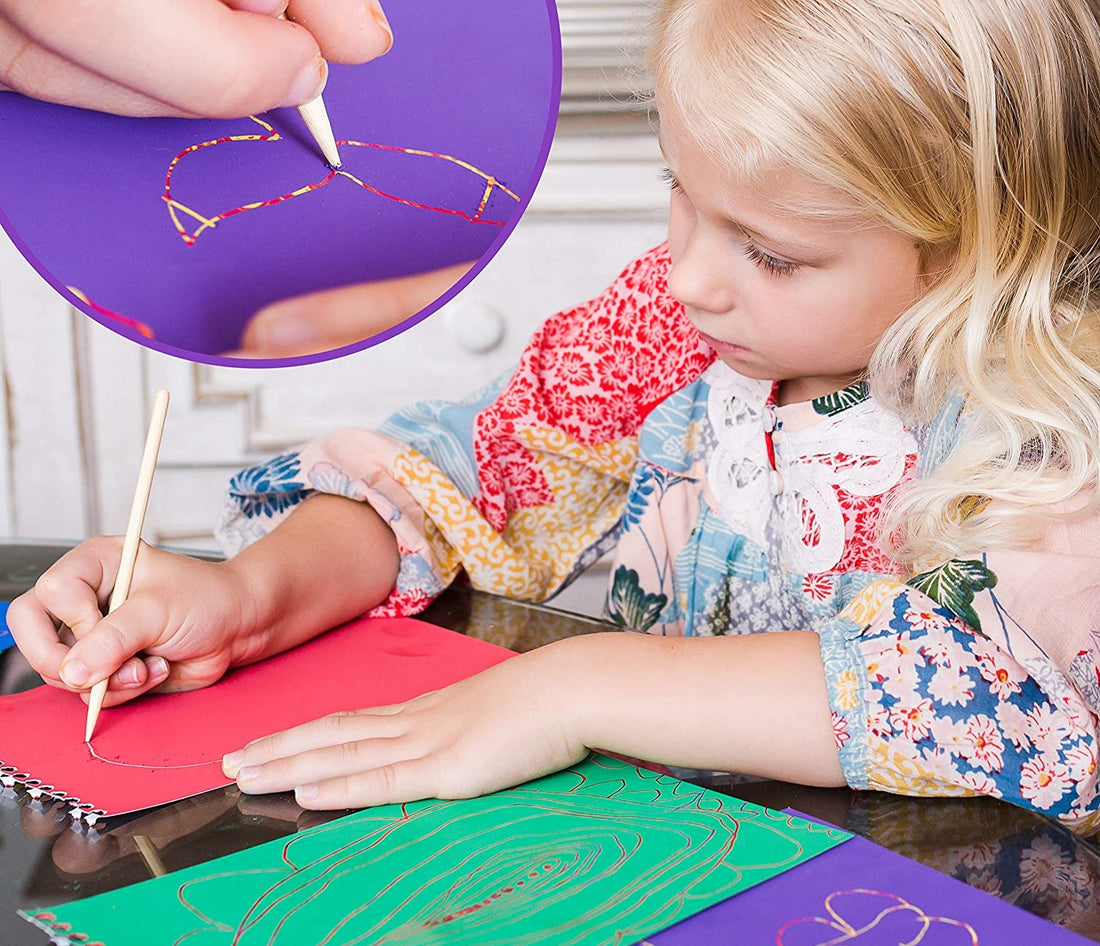When you’re teaching kids to write, they often don’t want to do it. What’s more, the process can seem very daunting at first.
But imagine how much better it could be if children practice consistently and enjoy it, too.
Today, we'll discuss some strategies that make handwriting practice fun despite the challenges.
Getting Started With a Daily Practice Routine
When you’re getting started, it’s important to come up with a daily routine. Practicing every day for at least 20 minutes is an excellent place to start.
If you’re homeschooling, this can be in the morning before school or any time during the day that works best for your schedule and the student's needs.
It’ll take some encouragement, but it shouldn’t take very long until your child starts seeing handwriting practice as something they want to do.
Having a routine has its benefits for kids:
- It’s the easiest way for children to form habits.
- Kids with a routine feel in charge of their lives.
- Meeting learning milestones over time is a confidence booster.

What Materials You'll Need
There’s a wide selection of resources for handwriting practice in school or at home. Some great options to get started include:
Handwriting Practice Worksheets
These are printable handwriting worksheets for learning and practicing writing, including getting the letter size right. You can get handwriting practice worksheets for a variety of exercises. For starters, here are some popular handwriting worksheets you can start with:
Pencil Grip Writing Sheets
These are handwriting practice worksheets that allow you to practice pencil grip. The aim of pencil grasp practice is for your child to achieve the tripod grasp. It’s also a great way of correcting the hand position when writing.

Letter Formation Worksheets
You can practice letter formation and work on letter size using these. One excellent aspect of these handwriting worksheets is that you can change letter size once your child's writing improves.
Number Writing Worksheets
These are handwriting worksheets that require you to form numbers in the correct order. They come with a visual representation, so it’s easy for children of all ages to understand.
Letter Recognition Worksheets
These handwriting practice worksheets help kids learn how to recognize letters and get them right. Once they can recognize letters, handwriting practice sessions are more effective.
Cursive Writing Sheets
Cursive writing is a type of writing characterized by flowing and connected letters. These handwriting practice worksheets make learning cursive a smooth experience. Also, kids write faster once they master cursive writing because it doesn't require them to lift the pen off the paper.

Sign Language Alphabet and Number Sheets
Hearing-impaired learners have special handwriting practice worksheets that combine American Sign Language hand signals for the alphabet letters and numbers. These handwriting worksheets are a simple yet effective way to make learning simpler for deaf children.
Pencils and Notebooks
Children around eight years of age need to develop fine motor skills needed for penmanship. Thicker pencils work well with this group since they’re easier to grip. You can make your child look forward to their daily handwriting practice by choosing one they like.
A notebook is needed for practicing writing words, letters, or symbols in a linear design. For example, you can use line color to make writing in a straight line easier and demonstrate proper spacing and letter size. If you can’t find handwriting practice worksheets, you can use a notebook for practice.
Markers, Pens, Colored Pencils, or Crayons
Markers are useful if your child needs help with letter formation because they come in various colors. You can use a different letter color for each letter and make the alphabet more visually appealing.
Colored pencils and crayons add visual stimulation to handwriting practice worksheets. For instance, you can have number impressions traced out in a notebook or writing worksheet and let the student use color to bring out the real identity of the characters.
Plain Paper
Plain paper is a must-have for handwriting practice and can substitute handwriting worksheets if need be. You can use it to make paper scraps for your child. Present the different kinds of papers to them to use as learning tools that are fun in every sense of the word.
For instance, you can have lined scrap paper or graph-paper scrap sheets with circles on them, presented neatly together. You can also find a wide selection of scratch papers serving the same purpose on Purple Ladybug for all your daily practice needs.
How to Practice Writing and Have Fun With Your Child
Handwriting practice is a fantastic way to bond with your child and have fun. It can be hard for parents who don't know how, but it's easier than you think. All you have to do is follow these steps:
Let Your Child Know That Practicing Handwriting Is Important:
If your child understands why they need good writing skills, they’re likely to put in more effort. You can add a fun twist by writing a letter to their favorite Disney character and watch how they get excited receiving a postcard in return.

Let Them Choose Their Practice Tools
It’ll be much more enjoyable for them if they have access to their favorite markers, pens, or pencils. In addition, they’ll feel in control of the process and do a better job. Also, getting a say with the handwriting practice worksheets will bring excitement into their practice session.
Reward Every Little Progress They Make
When your child is practicing their handwriting, make sure to celebrate even the tiniest victories. This will create an environment for success, and they'll want to continue doing it when you're not there.
A lovely idea is to get colorful stickers to reward your kid every time they get it right.
Encourage Them With Kind Words
Contrary to popular opinion, rewards don’t have to be tangible. Kind and affirming words are a language that most kids understand. Praise any progress made by your kids while they’re undertaking a practice session for their handwriting; this helps build confidence.
Vary the Sessions
You can make handwriting practice more interesting by using different writing prompts, such as the alphabet in cursive, practicing their favorite quote, or changing the handwriting worksheets. This ensures that lessons are interesting and students have something to look forward to.
Encourage Them to Learn Something New
Children enjoy finding a way to use their skills, and handwriting can serve that purpose well. For example, if your child has learned how to write his name in two different scripts or mastered letter size, encourage them to sign birthday cards for friends and let them see their reactions.
Add Some Fun Resources to Handwriting Practise
The benefits of handwriting practice for kids are numerous. Not only does it help them form a foundation for future writing, but it also helps with fine motor skills and cognitive development.
If you’re looking to teach your children the joys of penmanship, we have many resources available on our site. From free printables and craft kits to colorful sticker packs and gift packs, we hope there’s something here that’ll inspire you.
You're welcome to join the Purple Ladybug VIP club for exclusive benefits like discounts and promotions. What's more, you'll always be the first to know about our newest fun products.




